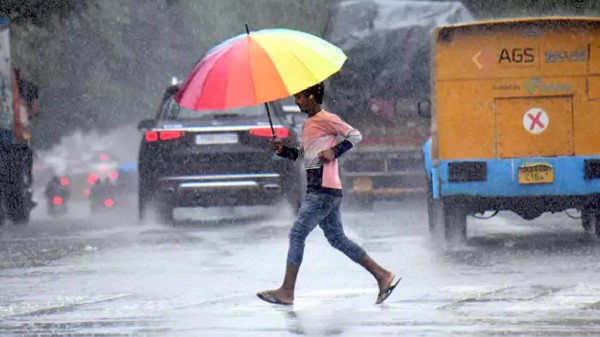

By signing in or creating an account, you agree with Associated Broadcasting Company's Terms & Conditions and Privacy Policy.


By signing in or creating an account, you agree with Associated Broadcasting Company's Terms & Conditions and Privacy Policy.

New Delhi: The 5-day Durga Puja celebration culminates in the immersion of the goddess’s idol on Vijayadashami. But there’s an exception in Varanasi’s Madanpur. People say that the idol of Maa Durga, made of clay, straw, bamboo and other materials, is said to have never moved from its location at the Purana Durga Bari of Bengali Tola. The legend states that in 1767, after the Mukhopadhyay family installed the idol, it refused to be moved for immersion on Vijayadashami.
Same night, Maa Durga visited the family head in his dream and expressed her wish to stay there forever. Surrendering to the will of Goddess Durga, the family head decided to keep the idol at the place. Apart from Goddess Durga, there are idols of Maa Saraswati and Maa Lakshmi, Lord Ganesh and Kartikeya, all dressed in ethnic Bengali dresses and adorned in jewellery.

There is also a small black stone statue of Lord Vishnu in Dashavatar, or 10 incarnations, near the idol of Goddess Durga. It is said that the statue is from the 11th century AD. While visitors are drawn to see the centuries-old ASI-registered Durga idol at Purana Durga Bati, there are other attractions too.
Visitors can see an 11th-century granite Vishnu idol, believed to be from the Pala period, and 22 Shivlingas found beneath the earth after the family settled on that part of the land.
It is amazing to know that, except for the colour of the idol, nothing has changed, the clay, straw, bamboo or other material.
Although the Mukherjee family have been taking care of the temple for generations, an unusual custom dictates that family members are not permitted to touch the idol. All rituals and offerings are performed by a designated priest.








